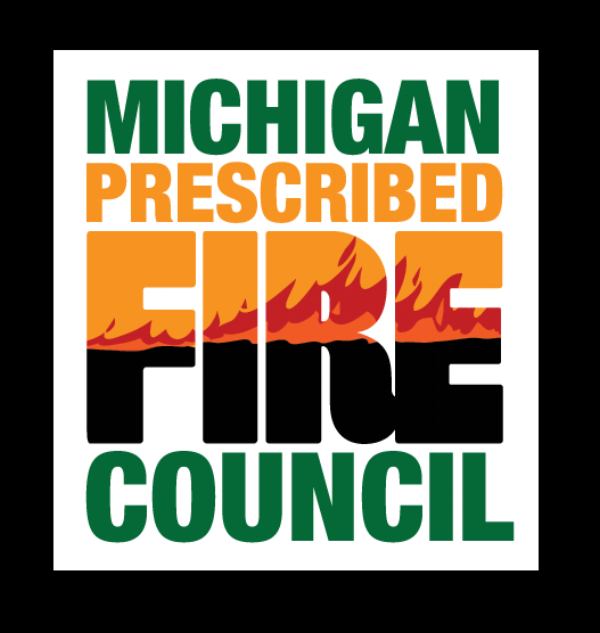Created in 1944, Smokey Bear is undoubtedly one of the most ubiquitous figures in American popular culture. He’s a staunch defender of the American outdoors, a reminder of the dangers of carelessness, and without a doubt the most successful public outreach project ever executed by the US government. Regardless of his widespread influence Smokey Bear has been a problematic figure since his inception, and more recently, increasing numbers of people have become acutely aware of how dangerous his “no fire no matter what” rhetoric has been for American forest health.
While Smokey is certainly right to warn the public of the dangers of wildfires, he’s implanted in the American subconscious an involuntary and excessive fear of fire in any form. Suppressing wildfires is invariably a benefit, as wildfires are uncontrolled, dangerous events that often result in a loss of property and life. However, prescribed fire is different from wildfires in just about every way, and therefore should be treated as a separate issue. Prescribed fire is well-controlled, precisely planned, and implemented for a specific and researched set of management objectives. To treat all fire as the same is to ignore the work that fire scientists have done over the past decades to re-discover methods of controlled burning that were used by Native Americans for millennia. Fire is an important part of many American habitats and ecosystems, and it seems very necessary that Smokey Bear work hard to introduce this awareness into the American consciousness.
Another important figure created by the US government, Woodsy Owl was created in 1970 as a way to encourage elementary school children to stop polluting and enjoy nature. He’s a part of a squad of ill-implemented characters created by the various US Government to reach out to the American public, alongside figures like Johnny Horizon and Mark Trail. Certainly since then there have been attempts by the government to educate it’s citizens about the dangers of climate change, but none have been as large scale or accessible as the Smokey Bear campaign. It seems, then, that his duty is to be as fierce an advocate as possible, considering his unique place somewhere in the heart of most Americans. Perhaps Smokey could begin educating the public on the importance of prescribed fire as a tool to prevent wildfires. Or Smokey could go on a journey to an oil spill and show how flammable and dangerous ecological disasters of that scale can be. And maybe, someday, we’ll see Smokey standing on top of a recovering planet, telling Americans that we did it, that we stopped climate change before it was too late.
Just maybe.







